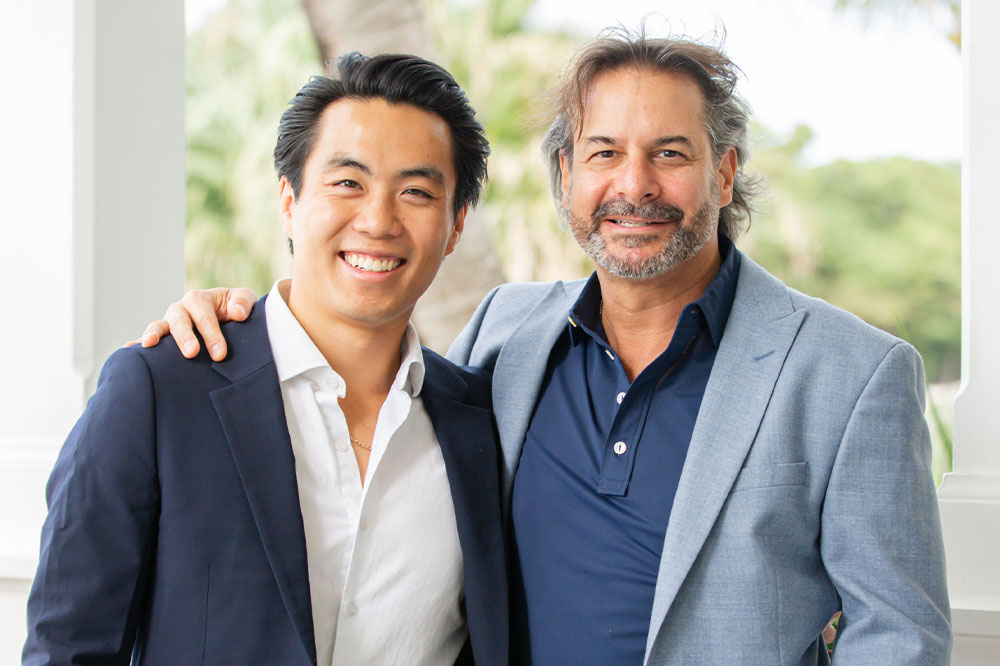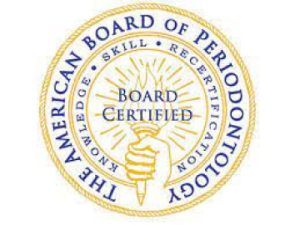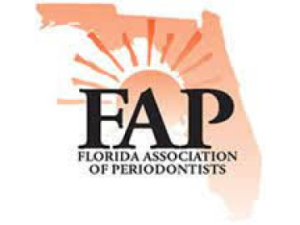Crown lengthening is a dental procedure that reshapes the gum tissue and bone to expose more of a tooth’s surface, allowing for a dental crown to fit properly. It is often performed to fix a decayed tooth or improve appearances by correcting a “gummy smile.” This post will explore the crown lengthening process, a common procedure that typically takes less than an hour to complete, from pre-surgery prep to post-surgery recovery.
Preparing for Crown Lengthening Surgery
Before crown lengthening surgery, you’ll consult with your dentist or periodontist to find out whether you’re a good candidate and what approach is right for you.
Initial Consultation and Dental Examination
During your initial consultation for crown lengthening surgery, the dentist will examine your teeth and gums thoroughly and ask about your health history. This crucial step ensures a tailored plan is created to meet your goals and effectively address your oral health needs.
Imaging and Surgical Planning
Dentists use X-rays and digital scans to closely examine your gum and tooth structure. With these images, they can figure out exactly what needs fixing and how much work will be involved.
Types of Crown Lengthening Procedures Explained
There are a couple of different options for crown-lengthening procedures. Two common methods are gingival flap surgery and laser-assisted techniques, both of which we’ll explore here.
Gingival Flap Surgery
Gingival flap surgery starts with the periodontist lifting the gum tissue to get a clear view of the tooth structure. By creating a flap, they can easily work on the tooth’s surface, achieving just the right look and feel along your gum line.
Laser-Assisted Techniques
In crown lengthening surgery that uses lasers, dentists work with top-notch tools to carefully shape the gum tissue. This method has a lot of pluses: less bleeding, little pain after the operation, and quicker recovery times. With laser power, they can focus on certain spots near your tooth without bothering the nearby areas, making it a precise and effective technique for removing excess gum tissue.
The Crown Lengthening Procedure
Crown lengthening is usually done by someone specializing in gums, like a periodontist, but may also be performed by your regular dentist. While the details will vary based on your chosen method and surgeon, the outline below will generally hold.
Anesthesia and Patient Comfort
During crown lengthening surgery, the area being worked on is numbed with local anesthesia. While the surgery is going on, it’s normal to feel pressure or slight discomfort but not actual pain. If anything feels off, all you have to do is let your dentist or periodontist know so they can make the necessary adjustments.
Step-by-Step Surgical Process
There are several steps involved in getting the outcome you’re looking for with crown lengthening. Let’s walk through what happens:
- With tools like a scalpel or laser, an incision is made in the gum tissue.
- Your surgeon removes just enough bone and/or gum tissue so that more of your tooth shows.
- The surgical site is cleaned with a saltwater rinse, minimizing the chance of infection.
- The gum tissue is put back around your teeth neatly and stitched up.
- After-surgery care instructions focus on oral hygiene and managing any discomfort.
This whole procedure aims not only to improve appearance but also to achieve optimal oral health.
Post-Operative Care and Recovery
After crown lengthening surgery, taking care of yourself properly is important. How long it takes to get better varies from person to person, but these tips will help ensure everyone has the quickest and easiest recovery possible.
Immediate Aftercare Tips
- Follow the dentist or periodontist’s instructions on taking any painkillers or antibiotics.
- To lessen swelling and pain, put a cold pack on the area where you had surgery.
- After eating, gently rinse your mouth with salt water to clean around where you had surgery.
Oral Hygiene Practices
After crown lengthening surgery, oral hygiene is key. Here are some key tips for keeping things clean and avoiding problems:
- With a soft-bristle toothbrush, brush your teeth gently twice every day. Be extra careful not to hurt the area where you had surgery.
- To help keep the surgical site free from germs and avoid infection, use an antimicrobial mouthwash that your dentist or periodontist suggests.
- When flossing near the surgical spot, do it softly to not mess with the stitches or cause pain.
- Ensure you see your dentist or periodontist regularly for check-ups and follow-up visits.
Dietary Recommendations
After getting crown lengthening surgery, it’s smart to follow some eating guidelines to help with healing and keep pain low. These simple practices can help:
- Choose soft foods that are easy on your teeth, like soups, smoothies, yogurt, or mashed veggies.
- Stay away from hot foods and drinks. They could make things worse by increasing blood flow right where you had your surgery, which might bump up both the swelling and discomfort.
- Avoid drinking straws. The suction you create when using one can injure your incision and slow your healing process.
Signs of Successful Healing
Keeping an eye on how well you’re healing after getting crown lengthening surgery is crucial. Here’s what good healing looks like:
- Pain and swelling going down bit by bit.
- The gums around where the surgery was done returning to normal in color and feel.
- No ongoing bleeding or leakage coming out from where the surgery happened.
- Decreasing pain when eating normally and taking care of your teeth.
Potential Complications and How to Avoid Them
Crown lengthening surgery is safe, but things can go wrong. By staying alert to potential complications following the procedure, you’ll help ensure a smoother recovery process. If you experience complications, contacting your dental office for guidance and assistance is vital.
Common Post-Surgical Complications
- Infection: If you start feeling pain, see swelling or redness, or notice anything oozing out from where the surgery was done, call your dentist or periodontist immediately.
- Inflammation: Some swelling and inflammation are normal after surgery. Put something cold on the area and take anti-inflammation medicine your doctor prescribes.
- Delayed healing: Sometimes, it takes longer than expected for everything to heal properly. Following your doctor’s instructions after the operation, practicing good oral hygiene, and not missing any check-ups can all help speed up recovery.
By staying alert for signs of infection at the surgical site and managing complications like swelling with care under the guidance of professionals, you’ll support a smoother healing process.
Tips for Minimizing Risks
To make sure your crown lengthening surgery goes well and you face fewer risks, here are some steps to keep in mind:
- Choose a dentist or periodontist who knows a lot about crown lengthening surgery.
- Keep up with brushing and flossing before and after the surgery.
- Make sure to go to all check-ups after your surgery. If something feels off or changes, tell your dental professional right away.
- Avoid smoking.
- Eat healthy foods and drink plenty of water.
Getting Started
The team at Palm Beach Periodontics is ready to help you on your journey to a better, healthier smile. Contact us online or by phone to schedule your first consultation for crown lengthening today.












